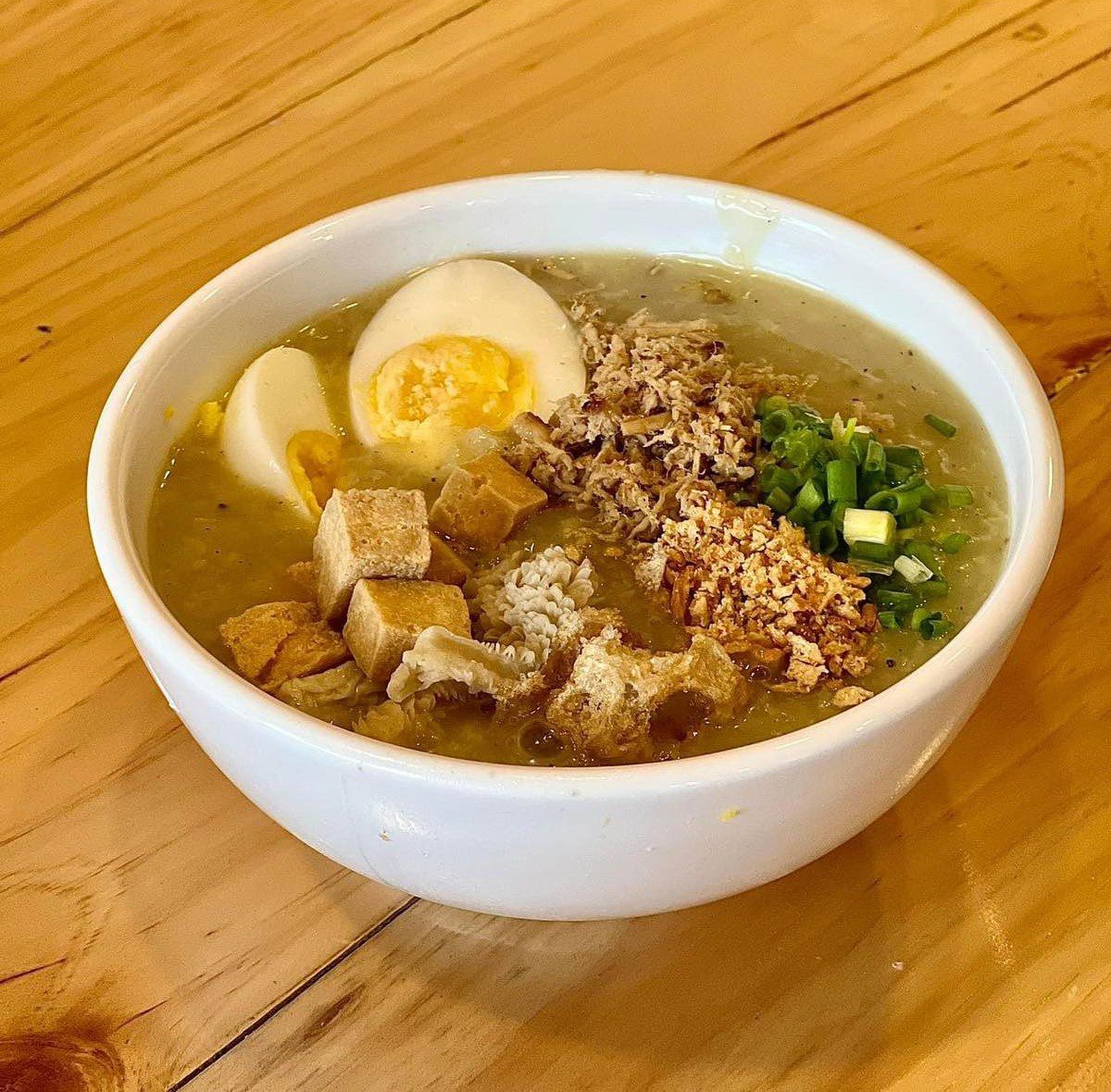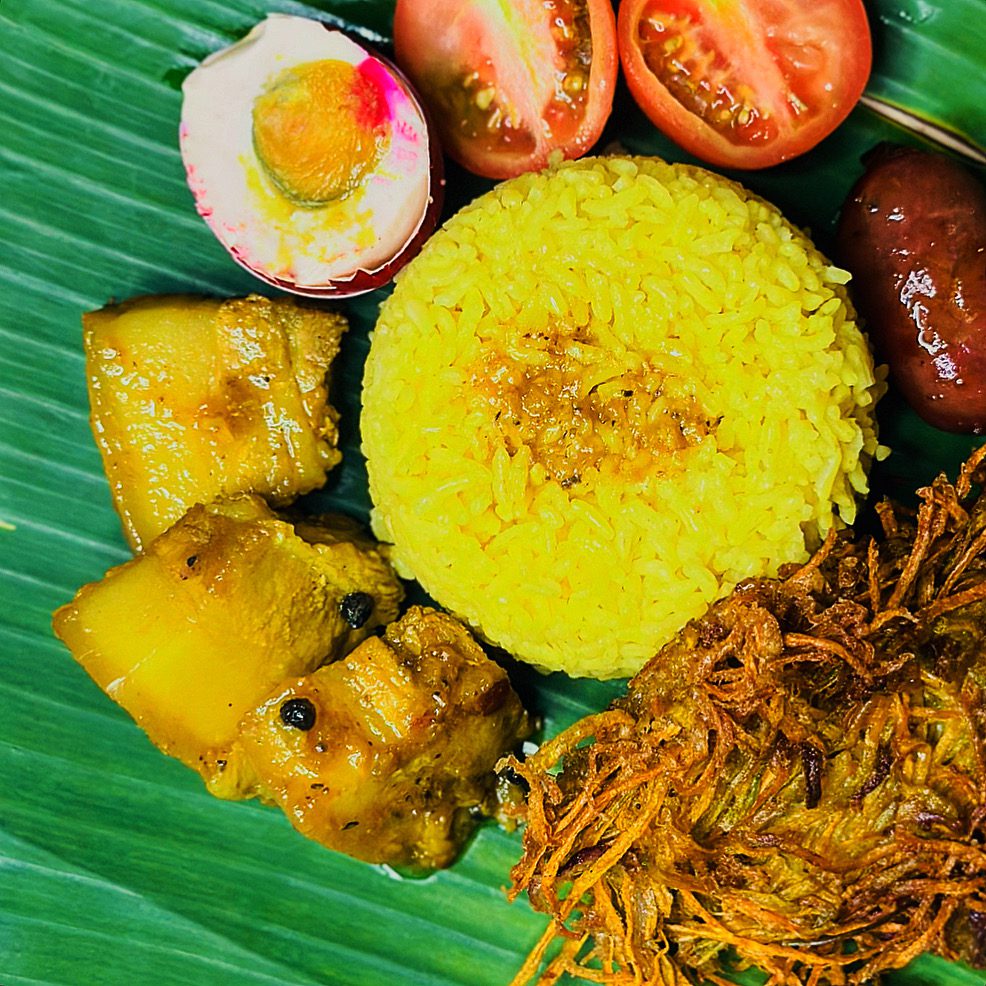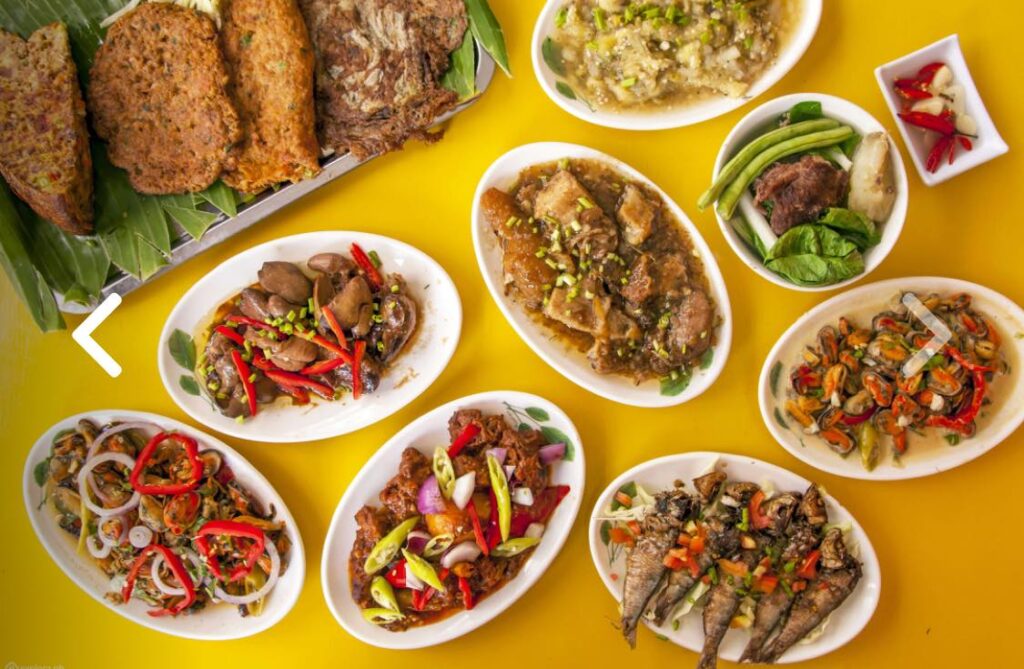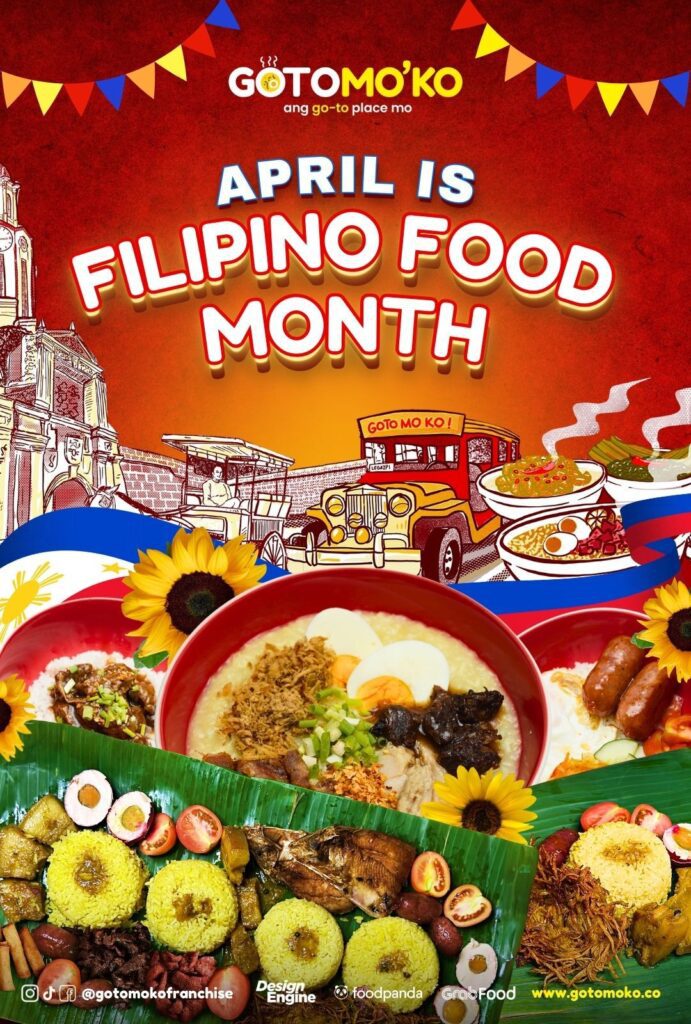5 Things That Make Filipino Food Unique


One of the first fusion cuisines has been dubbed – “Filipino food”. It is greatly influenced by both its Asian neighbors and its colonizers. In addition, the country’s topography adds even more variation to its intricacy. Despite all of its complexity, there are a few aspects of Filipino Food that make it incredibly distinct and worth trying.
1. Extra rice..please!
Be it simply cooked, burnt, or a day old, rice is a constant on any Filipino’s dining table all day, everyday – from breakfast, lunch, and dinner. More so than noodles or bread, rice has become the carb of choice. Its plain taste helps pacify the often rich and bold flavors of Filipino stews, adds texture to simple soups, and gives you a full and satisfied feeling after eating.


2. Dip and dig in.
Filipino cuisine is finished on the dinner table rather than in the kitchen. We enjoy adjusting the flavor of our food to suit our preferences. How? a variety of dipping sauces or ‘sawsawan” included. Even the condiments are customized; for example, some people pair their lechon (roasted pig) with liver sauce, others pair it with soy sauce and calamansi, while yet others just season it with plain salt.


3. Pork meat is life.
Surprisingly for an island nation surrounded by water and abundant in fresh seafood, pork is still the preferred protein for many Filipinos. Chopped pork is used as flavoring and oil in vegetable dishes like chop suey (vegetable stir-fry), ginisang monggo (mung bean stew), and pinakbet (vegetable stew).


4. No components are wasted.
Filipinos are economical and resourceful. Food possesses the same qualities, which is why nothing is wasted. When we roast a pig, for instance, the skin is transformed into chicharon, the feet are stewed, the knuckles are deep-fried, the face is made into sisig, and the blood is stewed. Our street cuisine, which includes dishes like grilled and basted intestines as well as heart and lung preparations for bopis (spicy offal stir-fry), is another example of this.
5. Merienda cena.


A merienda is a little meal that many Filipinos enjoy between lunch and dinner since rice digests quickly and we just love to eat. We occasionally work on it in the late morning, in the hours between breakfast and lunch. There is an extensive range of snacks available, ranging from goto or lugaw (rice porridge), lumpiang shanghai (spring rolls) and sweet ones like rice cakes and maruya (fried banana fritters).
Filipino Food isn’t just about taste — it’s about sharing, collaboration, pride and love. The Filipino Food Month was launched April 1 as a “celebration showcasing the rich and diverse culinary heritage of the Philippines,” according to organizers, the Filipino Food Movement. Throughout April, the movement encourages diners to experience the vibrant flavors and cultural traditions of Filipino cuisine. Filipino Food Month is created through Presidential Proclamation No. 469.
Things to do during the month long celebration:
- Visit a Filipino restaurant this April, add some spice to your diet by dining at a lovely Filipino restaurant. (try Goto Mo Ko in Manila and Goto Mo Ko in Legazpi Albay). If there isn’t one nearby, make something tasty by attempting a Filipino cuisine!
- Discover more about the Philippines. Fulfill all of your travel dreams. Take a virtual vacation to the Philippines by becoming as knowledgeable as you can about this intriguing nation! Check out this informative site www.exploraholics.com
- Apply the hashtag. Together, we always have more fun when we celebrate. Make sure to use the hashtag #filipinofoodmonth when sharing whatever you know about Filipino Food Month! Happy celebration!


Kami po ay nakikiisa sa selebrasyon ng buwan ng Kalutong Pilipino.
admin
Reserve
Become Our Partner, Today!
Goto Mo’ Ko is an exciting Filipino food concept where our franchisees and the franchisor works together in creating a business model that provides a fun-vibe experience for our customers, and an enjoyable environment for all our stakeholders including our supplier partners.
